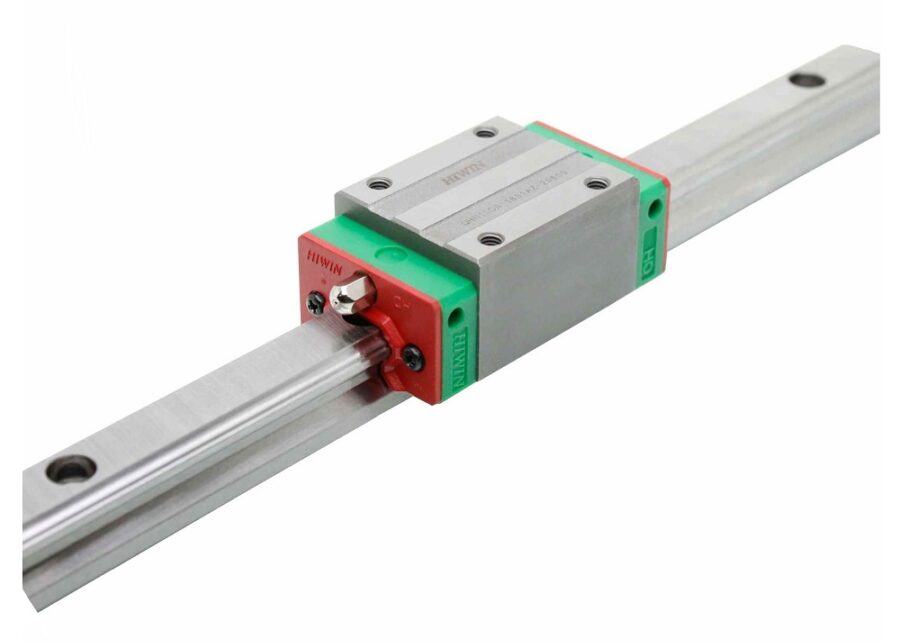Precision mechanical assemblies that function as a system, linear guides are also known as linear bearings. That’s why ensuring a smooth flow of energy throughout the machine; individual parts can only do so much on their own. To be effective, the correct JR Bearings (ตลับลูกปืน LM Guide JR, which is the term in Thai) must be more precisely defined. Thorough familiarity with system specification, design, installation, and testing is essential.
Mounting Surfaces That Are Not Manufactured To A Tolerance
At the production, linear guides are precision honed to run with the least friction. When everything is perfect, the friction of a linear guide block is the same whether it is attached or not. In reality, preload is introduced into the linear guide system in response to any misalignment or out of the flatness of the mounting surfaces.
The mounting surface flatness and the linear guides’ parallelism to one another are part of the mounting tolerances. Mounting tolerances or rail alignment are likely out of spec if friction in a guide increases when the component is placed or is more significant at one end of travel than the other.
No Alignment Features In The Mounting Hardware
The alignment of precision linear guides is critical for achieving expected performance. Including mounting elements can facilitate a quicker installation procedure and better functionality, especially in high-volume manufacturing environments. Alignment pins for the primary rail and a method of assembly to properly position the secondary rail are two examples.
High-precision applications necessitate extra attention. The JR Bearings you receive from the manufacturer will be straight, but they may show some compliance. These planes are a firm base upon which the bearings and rails can rest, ensuring precision alignment on a nanoscale. Installing guides with accurate shoulder surfaces is imperative to ensure proper functioning.
The mounting shoulders of a part are crucial alignment structures. Thus it’s essential to get the measurements right. If the corner radius is too large, the rail may not make direct contact with the shoulder during installation and alignment. One could make a minor but important mistake as a result of this.
A Faulty Preload Specification
Adjusting the ball diameter, the preload of JR Bearings can be fine-tuned to provide a snug fit between the block and the rail. There should be zero clearance between the block and the rail and the ball for optimal performance in precision applications, where positive preload is often desired.





